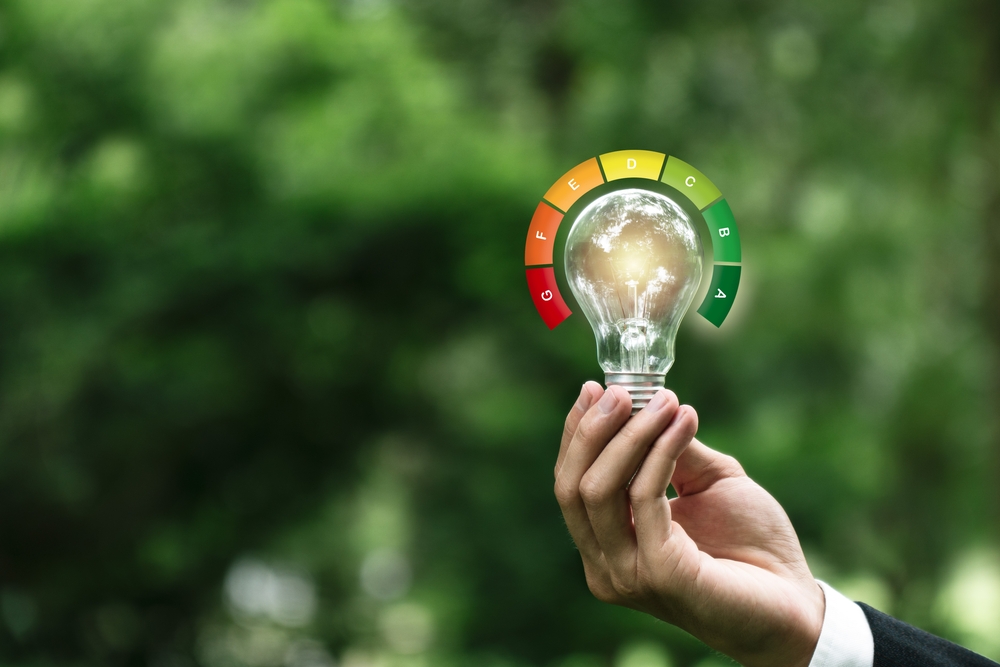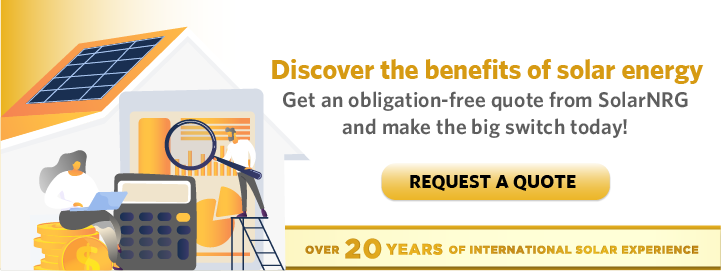As an eco-friendly consumer, you feel a certain joy in flipping a switch and knowing that your light bulb is doing more than just brightening your room—it’s also helping the environment and saving you money.
Today’s light bulbs are far more advanced compared to earlier models. They come in different sizes, colors, and, most importantly, energy efficiency levels that can impact your electricity bill. However, with so many choices, how do you pick the right one?
In this blog, you’ll learn the best energy-efficient light bulbs on the market, from LEDs to CFLs. Then, you can compare their brightness, energy use, lifespan, and savings to help you make smart, eco-friendly choices for your home or business.
5 Factors to Consider When Choosing Energy-Efficient Light Bulbs

When selecting the perfect energy-efficient light bulb, take into account these key factors.
1. Brightness or lumens is the total quantity of light a bulb emits. The higher the lumens, the brighter the light. So, when shopping for bulbs, check the lumens to know how much light it gives.
2. Color temperature determines the light’s color, measured in Kelvins (K). Lower numbers (around 2700K) give a warm, yellow glow for cozy surroundings. On the other hand, high numbers (5000K and above) produce a cooler, blue light—ideal for focused lighting in areas like offices or kitchens.
3. Wattage shows how much energy the bulb uses. Lower wattage means less energy consumption and more savings on your electricity bill. For example, LED bulbs have the same brightness as traditional bulbs but use much less energy.
4. The base determines if a bulb will fit your light fixture. There are two main types: screw and pin base.
- Screw base: The most common type, it features a threaded base that screws into the light fixture. You can find these primarily for household use, like the familiar Edison screw (E26 or E27).
- Pin base: This type uses small metal pins that push into matching holes in the fixture. Pin bases are typically for compact fluorescent bulbs, LED tubes, or specialty lights in commercial or industrial settings.
Most bulbs use the former, but some fixtures need the latter. Hence, always check if your target bulb’s base type and size are compatible with your light fixture.
5. Life rating indicates how long the bulb will last. Energy-efficient bulbs like LEDs typically have much longer lifespans than traditional incandescent bulbs, meaning you’ll replace them less often. You can also place them in home or office areas you can’t easily access, like high ceilings.
4 Low-Energy Light Bulbs to Consider
The right low-energy light bulb can help you save on electricity while maintaining efficient lighting. Here are some great options that balance energy savings, durability, and cost-effectiveness for your home or office.
1. Halogen
More commonly known as “lamps,” halogen bulbs are an upgrade from traditional incandescent bulbs. They use 25% to 30% less energy and last 2,500 hours. They’re often used in jewelry stores to showcase products, retail stores for track lighting, and food catering for heating food.
Also, note that halogen bulbs generate more heat than other options. Some small halogen quartz bulbs can reach 250 watts–300 watts.
2. Compact fluorescent lamp (CFL)
CFLs use 70% less power than halogen and incandescent bulbs and last 8,000 to 10,000 hours, offering a good balance of brightness and energy savings. Plus, their long lifespan makes them a cost-effective option for homes and businesses.
The bulb variant uses about twice the wattage of LEDs to reach the same brightness and can contain small amounts of mercury, which can be harmful. Fortunately, proper disposal and recycling resolve this problem, so this bulb choice can still be more eco-friendly than incandescent bulbs.
3. Smart bulbs
For a combination of energy efficiency and convenience, you can rely on smart bulbs. Like LEDs, they use minimal energy and allow you to control brightness, color, and other settings with your smartphone or voice commands.
For instance, you can use your phone to turn off lights if you’re in a hurry to leave or turn them on as you approach your home. Smart bulbs also let you set the mood in different rooms or help you relax before bed.
While they sport a higher initial cost, smart bulbs’ energy efficiency, convenience, and potential for long-term savings make them a worthwhile investment.
4. Light emitting diode (LED)
LEDs are the most energy-efficient and longest-lasting light bulbs on the market, requiring 90% less energy and last for 100,000 hours or around 10 years. Apart from their longevity, LEDs are also more durable under strenuous conditions, including high temperatures or constant vibration.
Though they can cost more upfront, the savings on energy bills and fewer replacements make LEDs the top choice for energy-conscious consumers.
Light Your Space the Smart, Eco-Friendly Way
Choosing an energy-saving light bulb isn’t just about brightening up your space; it’s also a conscious decision to save energy and reduce your carbon footprint. Opting for one of the most energy-efficient bulbs above allows you to enjoy long-lasting illumination while lowering your electricity bills and environmental impact.
Make a positive change in your home or business with SolarNRG today. We offer solar power solutions that enhance your energy efficiency and sustainability goals. Whether you plan to use solar energy for industrial use or to light up your home, we can help you lessen your carbon footprint.
Contact us to learn more.


Recent Comments